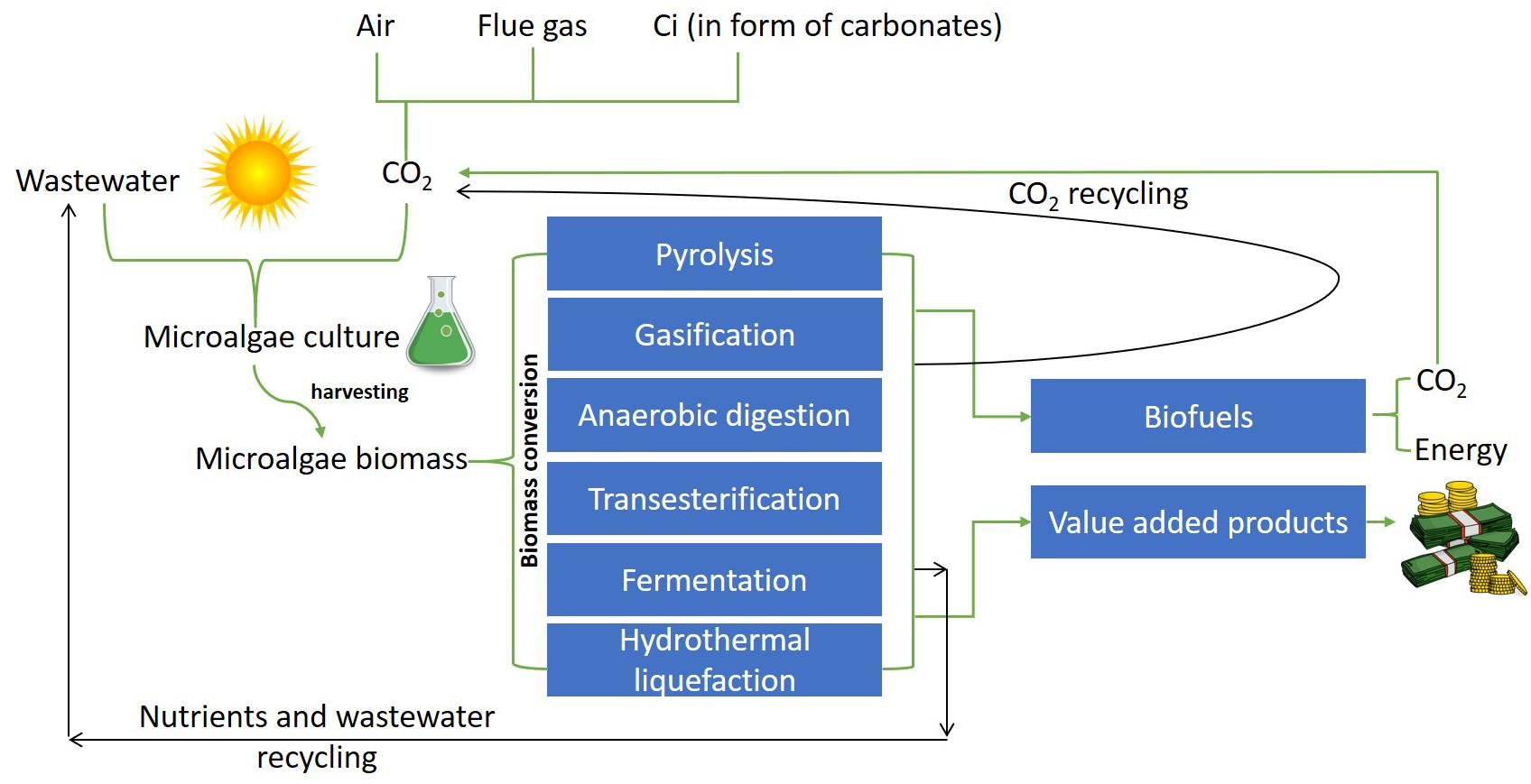Video Description:
Direct Air Capture (DAC) has been getting more and more attention over the last few years. Could we avert climate change by pulling carbon dioxide out of the atmosphere? Could we not just stop, but actually reverse the damage done? Unfortunately, most don't fully appreciate just quite how much CO2 we've emitted and the outrageous scale of the problem facing us. Today, we apply the fundamental principles of thermodynamics to question whether this is even feasible.
Written & presented by Prof. David Kipping. Edited by Jorge Casas. Fact checking by Alexandra Masegian.
Channel Description:
Space, astronomy, exoplanets, astroengineering and the search for extraterrestrial life & intelligence.
The Cool Worlds Lab, based at the Department of Astronomy, Columbia University, is a team of astronomers seeking to discover and understand alien worlds, particularly those where temperatures are cool enough for life, led by Professor David Kipping.
CHAPTERS (and key bits)
- 0:00 Climate Change: Some CC is needed just to maintain a level.
- 2:44 Removal Requirements: We released 37 Gt of CO~2~ in 2022.
- 3:38 Possible Solutions: Trees are good for 4 years, then no space.
- 5:03 Introducing DAC: IPCC estimates 20 Gt/yr @ 2050 required.
- 5:43 Climate Anxiety: This video is sponsored by betterhelp.
- 7:12 DAC Principles: Currently 19 DAC plants remove 10'000 tCO~2~/yr, or 0.000003% of global emissions.
- 8:14 Scalability: Why this video focuses on physics, not economics
- 9:29 Thermodynamics: Why DAC is a fight against entropy, introducing Gibbs. Lower limit: 120 kWh/tCO~2~
- 12:08 Progressive DAC: Starting in 2025, remove how much and how fast?
- 13:32 RCPs: Why 2.6 is discarded, why 4.5 is chosen (with an outlook on 8.5)
- 15:09 Simulations: For 450 ppm, we need to scrub 20 GtCO~2~ in 2050. For 350, almost 80 Gt.
- 17:03 Energy Requirements: 450 ppm requires 5% of global electricity. 350: 15%.
- 19:34 Efficiency: Above numbers assumed 100% efficiency. Current estimate 5%, measured 8%.
- 21:21 Conclusions: It's tough to do, but just possible. Easiest way: Stop emitting.
- 24:35 Outro and credits
